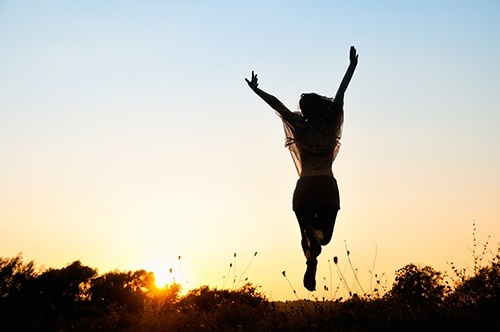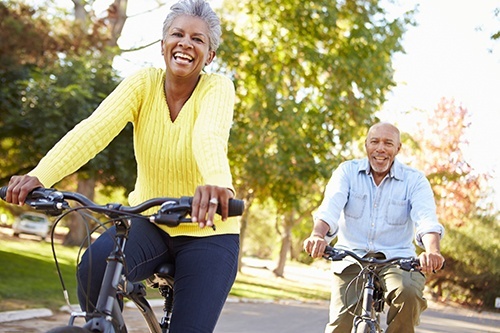 In years past, it was not uncommon to retire after a hard, lifelong career, only to kick up your feet, relax, retire perhaps to a warmer climate, and maybe get in a couple of games of weekly golf. Yet these days, with advancements in modern medicine and a swing towards healthier life habits, not only are we living longer, we’re therefore working longer. And although this ‘retire and relax’ practice is still very much par for the course for some, we are seeing a major shift in the trend for retirees: today, boomers are younger and more active, and later in their professional life are willing and wanting to take careers that matter more to them instead of making them the big bucks or raising them higher up the corporate totem pole.
In years past, it was not uncommon to retire after a hard, lifelong career, only to kick up your feet, relax, retire perhaps to a warmer climate, and maybe get in a couple of games of weekly golf. Yet these days, with advancements in modern medicine and a swing towards healthier life habits, not only are we living longer, we’re therefore working longer. And although this ‘retire and relax’ practice is still very much par for the course for some, we are seeing a major shift in the trend for retirees: today, boomers are younger and more active, and later in their professional life are willing and wanting to take careers that matter more to them instead of making them the big bucks or raising them higher up the corporate totem pole.
This shift in society’s working demographic has been coined as the ‘Encore Career’
While a definition is still under debate, it is typically being called ‘a substitute for retirement’, aiming to grant the individual with some form of personal satisfaction, usually through meaningful work in the not-for-profit sector, education, etc. Combining social impact, personal satisfaction, and fulfillment, along with a continued income, is a path many are finding appealing. Studies done in 2011 showed significant trends towards said Encore Careers: surveying Americans ages 44 – 70 revealed that as many as 9 million people would currently qualify themselves as being in their encore career, while another 31 million admitted to wanting an encore career, and were making moves towards it. We are seeing more and more high profile, successful, corporate professionals doing just this; Bill Gates’ switch from Microsoft to working full time for his foundation being one example of many. It appears as though finding your second act in more fun, meaningful work is becoming the norm increasingly so.
We are working longer, and changing lanes into more meaningful work.
This switch in life purpose and fun work means that now more than ever, we want to live longer, to be able to enjoy these fulfilling activities and pursuits. Living longer, means living healthier, and we are seeing huge interest into how to be healthy and full of life, well into retirement and beyond. As we age, our bodily systems slow, cell regeneration slows, our metabolism slows, and so it is important more so than ever to focus on our health. So whether your future holds retirement in the form of an encore career or relaxation, or if you are in the midst of switching over to that encore career now, or maybe you are in the midst of your well-earned retirement, here are some tips that we’ve found here at Mountain Trek about how to live long, and live well:
Sleep helps the body and mind to rest and regenerate, and is absolutely imperative to our health, nevermind that feeling rested helps tremendously in our quality of everyday life! Getting enough sleep reduces the chances of disease and aids in our productivity. Deep sleep is specifically needed in order for the body to release the human growth hormone (HGH), known as one of the anti-aging hormones. Benefits of this hormone include increasing lean muscle mass, balancing weight, and feeling good. (Exercise also helps with HGH release, as taught in our Program).
Nutrition
Eating a balanced diet is imperative to your health, and following the recommended Mountain Trek Program’s food schedule is ideal: eat ⅔ of your calories in the first 9 hours of your day, aim for a breakfast of ⅓ complex carbs, ⅓ vegetables, and fruits, and ⅓ protein, and have lunch and dinner at a ratio of ⅓ protein: ⅔ vegetables (for a continued weight loss formula). Ideally, eat within 30 minutes of rising, and be sure not to skip a meal, otherwise, your metabolism slows way down, and your body goes into calorie-conservation mode.
Hydration
Drinking enough water, 8 – 10 glasses/day, flushes the body, unwanted fat cells, and kidneys, aiding in detoxing thereby allowing our bodies to function more effectively. And as far as hydration goes – there is no substitute for good ol’ clean water! But if you really feel like you need a little something different, try a mug of comforting herbal tea, or a wedge of organic lemon or lime in your next glass of water.
Exercise
Cardio, strength training, flexibility – it’s all so important to our overall health – now, and certainly, as we age. Cardio will keep your heart healthy and aid with weight loss among other benefits, strength training aids in preventing bone loss as you age, boosting metabolism, and of course, staying strong. And stretching exercise, like yoga or Pilates, will keep you flexible and less prone to injury. As a bonus, exercise also releases some fabulous feel-good endorphins, allowing you to feel full of vitality.
Detox
Detoxifying regularly is necessary to maximize our body’s efficiency. Sweating (through exercise and sauna), drinking plenty of water, eating organic where possible, minimizing exposure to environmental toxins and harsh chemicals are all ways to rid our body of these unwanted, and potentially harmful, toxins.
De-stress
When we are stressed, the body releases the stress hormone, cortisol, into the body, which in turn upsets our entire hormonal balance, on which so many bodily functions depend. Engaging in de-stressing activities, such as time in nature, massage, meditation, even just taking a couple of deep breaths while stopped at a traffic light or in line at the grocery store, can all help our overall well-being.
Disease Prevention
Many of the above tips will help with disease prevention. Ensuring we are rid of unwanted bodily toxins, eating healthful foods, engaging in regular exercise, and sounds sleep are some of the best preventative measures out there.
Learn
Keeping the brain sharp may be one of the most important things we can do as we age, and learning is one of the best ways. Introducing new information to ourselves, assimilating it, and then using it, is some of the mind’s best exercises, for example, learning a new language or how to play a musical instrument. An encore career is a perfect way to engage in continued learning, social engagement, and interaction, and overall feelings of fulfillment – all absolutely vital for our health!
Make the most of the many years after your career, by staying fit and healthy with the tips above. Please note that all these tips are some of the key points of the Mountain Trek Program and are only summarized above – for full information, and full benefits, please feel free to come see us for a visit and enjoy the points outlined above, including learning through our educational health lectures! You deserve to enjoy a long, healthy life, and an unbelievably fulfilling, and fun, Encore Career.
What is Mountain Trek?
Mountain Trek is the health reset you’ve been looking for. Our award-winning health retreat, immersed in the lush nature of British Columbia, will help you detox, unplug, recharge, and roll back years of stress and unhealthy habits. To learn more about the retreat, and how we can help you reset your health, please email us at info@mountaintrek.com or reach out below:


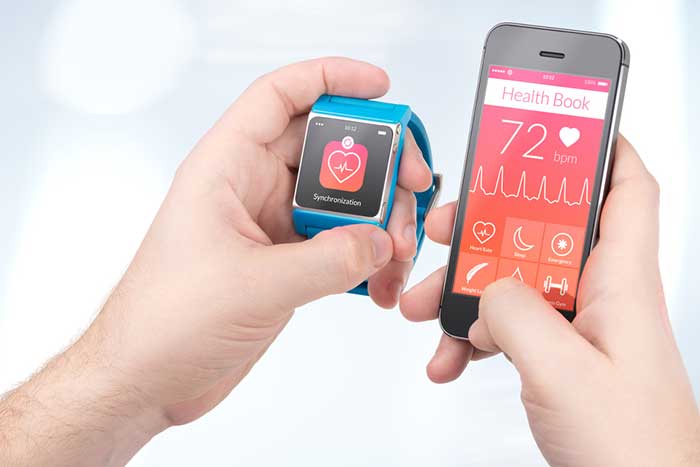
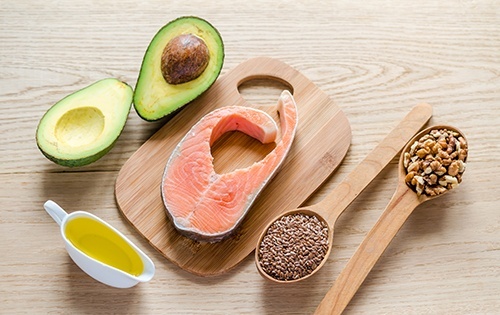
 As the joys of summer are just around the corner, so too may be your search for the perfect summer read. And if you have ever had the chance to come to Mountain Trek or to hear lead guide and manager, Kirkland Shave speak, most would agree that he is quite inspirational. But where does Kirk get his inspiration? We sat down with Kirk and found out: what’s on the top of his reading list?
As the joys of summer are just around the corner, so too may be your search for the perfect summer read. And if you have ever had the chance to come to Mountain Trek or to hear lead guide and manager, Kirkland Shave speak, most would agree that he is quite inspirational. But where does Kirk get his inspiration? We sat down with Kirk and found out: what’s on the top of his reading list?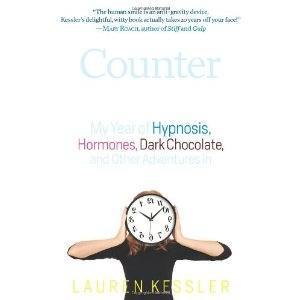 Counter Clockwise: My Year of Hypnosis, Hormones, Dark Chocolate, and Other Adventures in the World of Anti-Aging
Counter Clockwise: My Year of Hypnosis, Hormones, Dark Chocolate, and Other Adventures in the World of Anti-Aging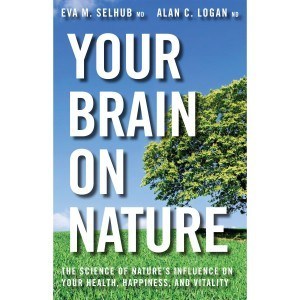 Your Brain On Nature: The Science of Nature’s Influence on Your Health, Happiness and Vitality
Your Brain On Nature: The Science of Nature’s Influence on Your Health, Happiness and Vitality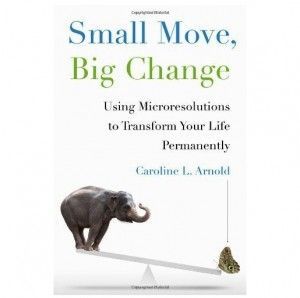 Small Move, Big Change: Using Microresolutions to Transform Your Life Permanently
Small Move, Big Change: Using Microresolutions to Transform Your Life Permanently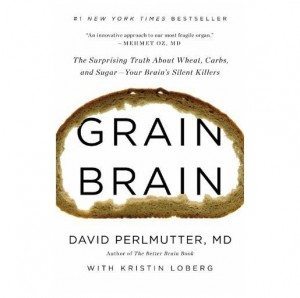 Grain Brain: The Surprising Truth About Wheat, Carbs, and Sugar – Your Brain’s Silent Killers
Grain Brain: The Surprising Truth About Wheat, Carbs, and Sugar – Your Brain’s Silent Killers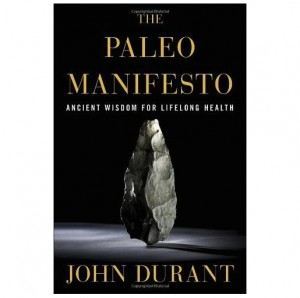 The Paleo Manifesto: Ancient Wisdom for Lifelong Health
The Paleo Manifesto: Ancient Wisdom for Lifelong Health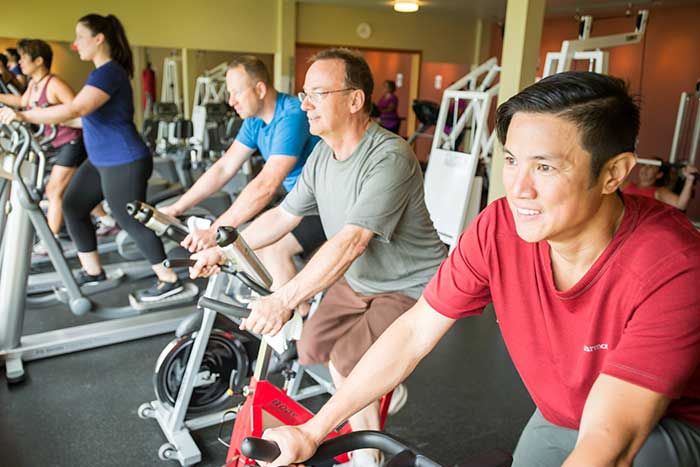 Whether you want to exercise for weight loss, physical, and/or mental health, it is important to include it into your lifestyle – but it’s not always easy.
Whether you want to exercise for weight loss, physical, and/or mental health, it is important to include it into your lifestyle – but it’s not always easy.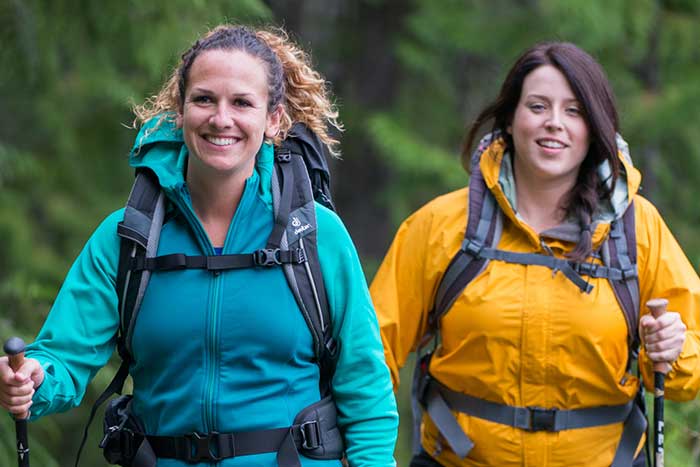
 One of the keys to a happy hike is having a well-fitting backpack. It’s hard to enjoy breath-taking views and outdoor activity if you feel like you’re hunched over giving a piggyback ride, or at all in pain. A good pack is absolutely essential hiking gear for storing your water, healthy snacks, an extra layer, and among other things. And as the spring and summer season gear up, so should we with all the right gear for our outdoor pursuits.
One of the keys to a happy hike is having a well-fitting backpack. It’s hard to enjoy breath-taking views and outdoor activity if you feel like you’re hunched over giving a piggyback ride, or at all in pain. A good pack is absolutely essential hiking gear for storing your water, healthy snacks, an extra layer, and among other things. And as the spring and summer season gear up, so should we with all the right gear for our outdoor pursuits.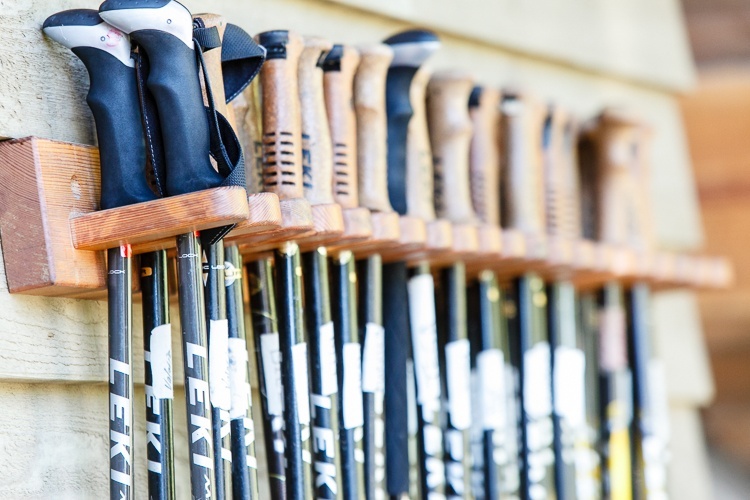
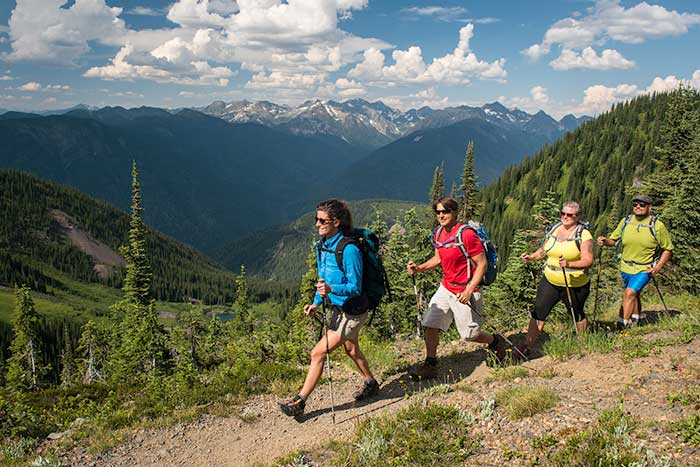
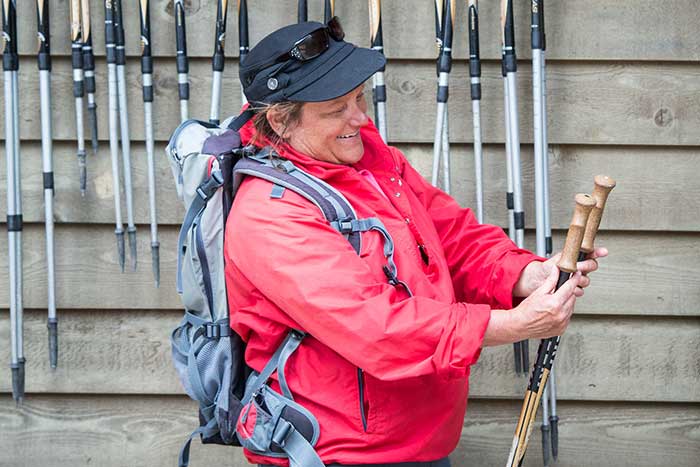
 In years past, it was not uncommon to retire after a hard, lifelong career, only to kick up your feet, relax, retire perhaps to a warmer climate, and maybe get in a couple of games of weekly golf. Yet these days, with advancements in modern medicine and a swing towards healthier life habits, not only are we living longer, we’re therefore working longer. And although this ‘retire and relax’ practice is still very much par for the course for some, we are seeing a major shift in the trend for retirees: today, boomers are younger and more active, and later in their professional life are willing and wanting to take careers that matter more to them instead of making them the big bucks or raising them higher up the corporate totem pole.
In years past, it was not uncommon to retire after a hard, lifelong career, only to kick up your feet, relax, retire perhaps to a warmer climate, and maybe get in a couple of games of weekly golf. Yet these days, with advancements in modern medicine and a swing towards healthier life habits, not only are we living longer, we’re therefore working longer. And although this ‘retire and relax’ practice is still very much par for the course for some, we are seeing a major shift in the trend for retirees: today, boomers are younger and more active, and later in their professional life are willing and wanting to take careers that matter more to them instead of making them the big bucks or raising them higher up the corporate totem pole. In the middle of winter, are you feeling a little low on energy? Could be that you’ve come to your ‘D-day’, a time in the year when your Vitamin D is at an all-time low. But the good news is, this is easy to top up with a high-quality multi-vitamin and some delicious nutrient-rich foods!
In the middle of winter, are you feeling a little low on energy? Could be that you’ve come to your ‘D-day’, a time in the year when your Vitamin D is at an all-time low. But the good news is, this is easy to top up with a high-quality multi-vitamin and some delicious nutrient-rich foods!